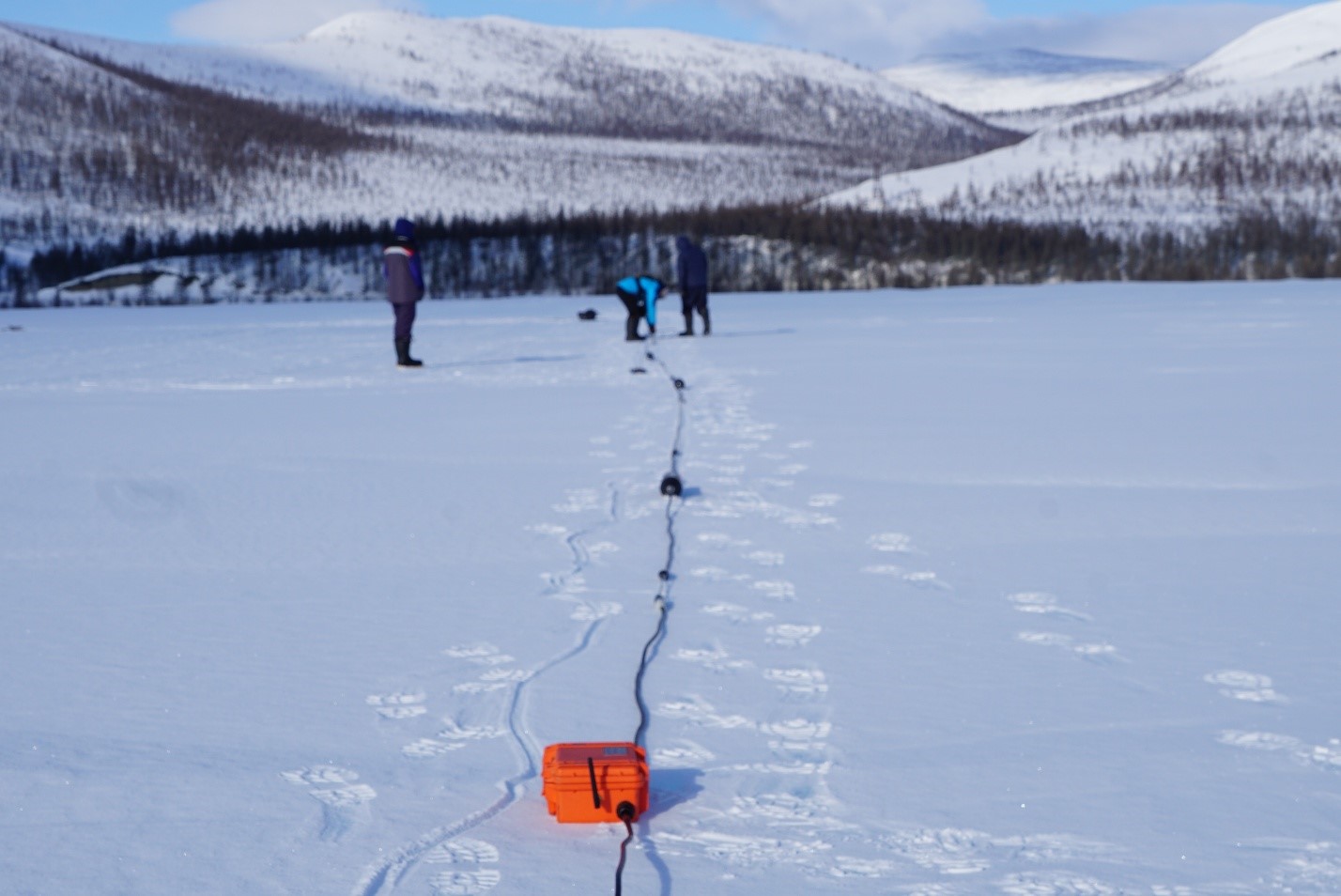A method to determine environmental conditions from the type and adaptation character of plant communities growing in the area of interest is called phytoindication. In northern areas, analysis of the diversity of plant communities and their habitat conditions have long been known to geocryologists as indirect method of diagnosing permafrost. Scientists from the Trofimuk Institute of Petroleum Geology and Geophysics SB RAS, also use such information to interpret results of the electrical resistivity tomography (ERT) and thus have confirmed the effectiveness of complex interpretation of the data obtained by geophysical and phytoindication methods for the study of permafrost and mapping its spatial distribution.
Specialists conducted electrical prospecting using ERT and GPR techniques in different permafrost-underlain areas, including: ―sites overgrown by Betula fruticosa, commonly known as dwarf bog birch; in a stream valley in Transbaikalia; in the area of growth of the Cajander larch (Larix cajanderi) which is spread by the Lena River in Central Yakutia; and on patches of icing occurring each winter along the floodplain of the Anmangynda and Neklandzha rivers (Magadan Region) where chosenia grows.

Electrical resistivity survey of the icing formed on the Anmangynda River (Magadan Region)
Since the resistivity is related to the ground temperature (i.e. permafrost locations correlate well with locations of shallow high resistivity anomalies and low soil temperatures), cryophilic plant communities such as larch, dwarf or shrub birch, and moss cover are of particular interest to geophysicists working in mountainous taiga areas.
― Such sites are interpreted as areas of shallow occurring low-temperature ice-rich permafrost where very high resistivity anomalies should be expected ― noted Vladimir Olenchenko, PhD (geol.-mineral.), head of the Geoelectricity Laboratory of IPGG SB RAS.
In addition, he said, the presence of native plants in the area is helpful in determining the boundaries of permafrost. For example, thickets of chosenia or poplar trees allow unambiguously interpreting low resistivity anomalies in bedrock beneath their growths as a talik (body of unfrozen ground within permafrost).
Currently, researchers from IPGG SB RAS are engaged in work toward developing approaches for the interpretation of results of the geophysical surveys taking into account landscape indicators of geocryological conditions for further studies of permafrost areas. Such approaches will enhance precision and reliability of geological interpretation of GPR and electrical resistivity tomography data, which is vital for solving applied problems, for example, determining stability of structures (such as buildings or transport infrastructure) on permafrost soils.
Published by IPGG Press Service
Photo from IPGG Archive
For your reference
The research was funded by the Russian Foundation for Basic Research project FWZZ-2022-0024.